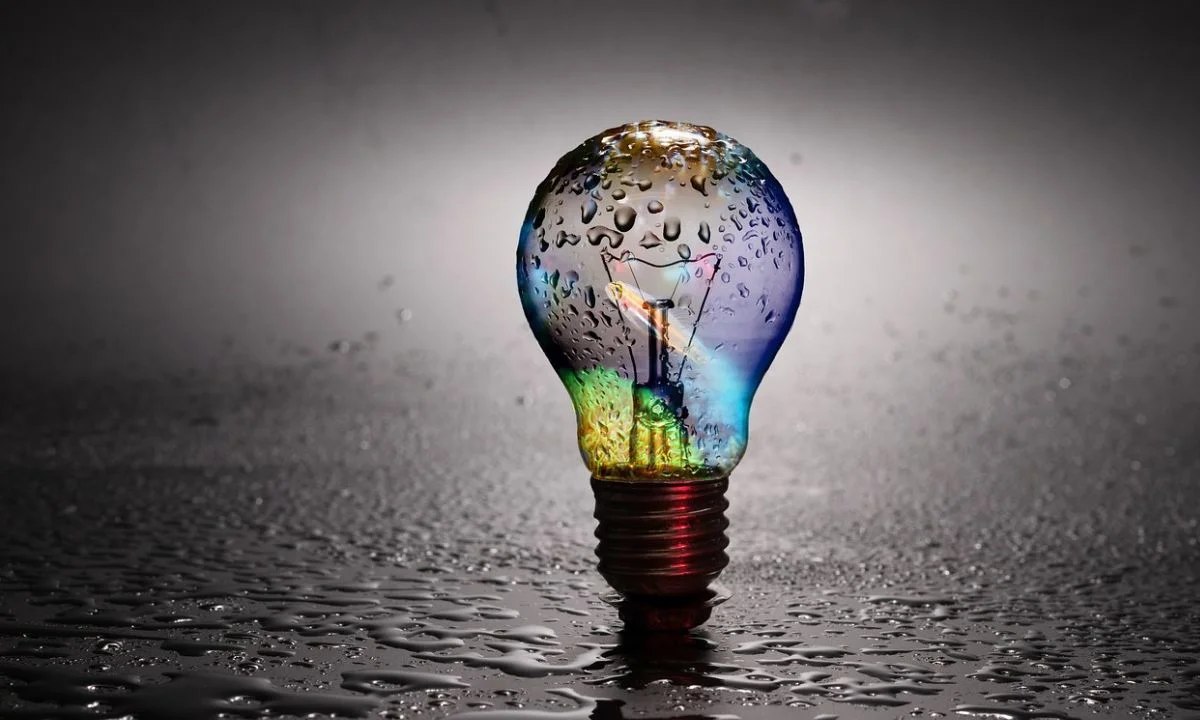“高清” (pronounced “gāo qīng” in Mandarin) translates to “High Definition” (HD) in English. HD refers to video or image resolutions that provide a higher level of detail and clarity compared to standard definition (SD). 高清$https://play3.laoyacdn.com/20230301/szf0k9sz/index.m3u8 This term is commonly used in various contexts, including television, video, and digital media. Here’s an overview of HD and its significance:
1. What is High Definition (HD)?
1.1. Definition:
- High Definition (HD) refers to video or image resolutions that are significantly higher than the traditional standard definition (SD). HD provides clearer, more detailed, and sharper visuals.
1.2. Resolutions:
- HD: Typically refers to a resolution of 1280 x 720 pixels.
- Full HD (FHD): A higher resolution of 1920 x 1080 pixels.
- Ultra HD (UHD) or 4K: An even higher resolution of 3840 x 2160 pixels.
2. Benefits of HD
2.1. Improved Picture Quality:
- Clarity: HD offers better clarity and detail, making it easier to see fine details in images and videos.
- Sharpness: With more pixels, images and videos are sharper and more vibrant.
2.2. Enhanced Viewing Experience:
- Immersive: HD provides a more immersive viewing experience, making movies, games, and shows more engaging.
- Color Accuracy: HD often supports better color accuracy, providing more realistic and lifelike colors.
2.3. Professional Applications:
- Media Production: HD is crucial in media production, including film, television, and online content creation.
- Medical Imaging: High-resolution images are used in medical imaging for better diagnosis and analysis.
3. Devices Supporting HD
3.1. Televisions:
- HD TVs: Many modern televisions support HD, including 4K Ultra HD TVs for even greater resolution.
- Smart TVs: Often come with built-in HD support and additional features like streaming services.
3.2. Monitors:
- Computer Monitors: High-definition monitors are essential for graphic design, gaming, and professional work.
- Portable Displays: Many tablets and laptops also feature HD screens for better portability and convenience.
3.3. Cameras and Camcorders:
- Digital Cameras: HD is a standard feature in most digital cameras, allowing for high-quality photos and videos.
- Action Cameras: Often used for capturing high-definition video in various environments.
4. HD in Media and Streaming
4.1. Streaming Services:
- Platforms: Services like Netflix, YouTube, and Hulu offer HD content, including 4K options.
- Quality: Streaming in HD provides a better viewing experience compared to standard definition.
4.2. Blu-ray Discs:
- Resolution: Blu-ray discs support Full HD and Ultra HD content, offering superior quality compared to DVDs.
5. Future Trends and Technologies
5.1. 4K and 8K:
- Higher Resolutions: The evolution from HD to 4K and even 8K resolutions continues to push the boundaries of visual quality.
- Adoption: While HD remains widely used, 4K and 8K are becoming more common in new devices and media.
5.2. HDR (High Dynamic Range):
- Enhanced Contrast: HDR enhances the contrast and color range of HD content, providing even more vibrant and realistic visuals.
5.3. Virtual and Augmented Reality:
- Immersive Experiences: HD quality is crucial for virtual reality (VR) and augmented reality (AR) to create immersive experiences.
Conclusion
High Definition (HD) represents a significant advancement in visual quality, providing clearer, sharper, and more detailed images and videos compared to standard definition. As technology continues to evolve, HD remains a crucial aspect of media and entertainment, with advancements such as 4K, 8K, and HDR further enhancing the viewing experience. Whether for personal use or professional applications, HD continues to play a vital role in delivering high-quality visual content.



